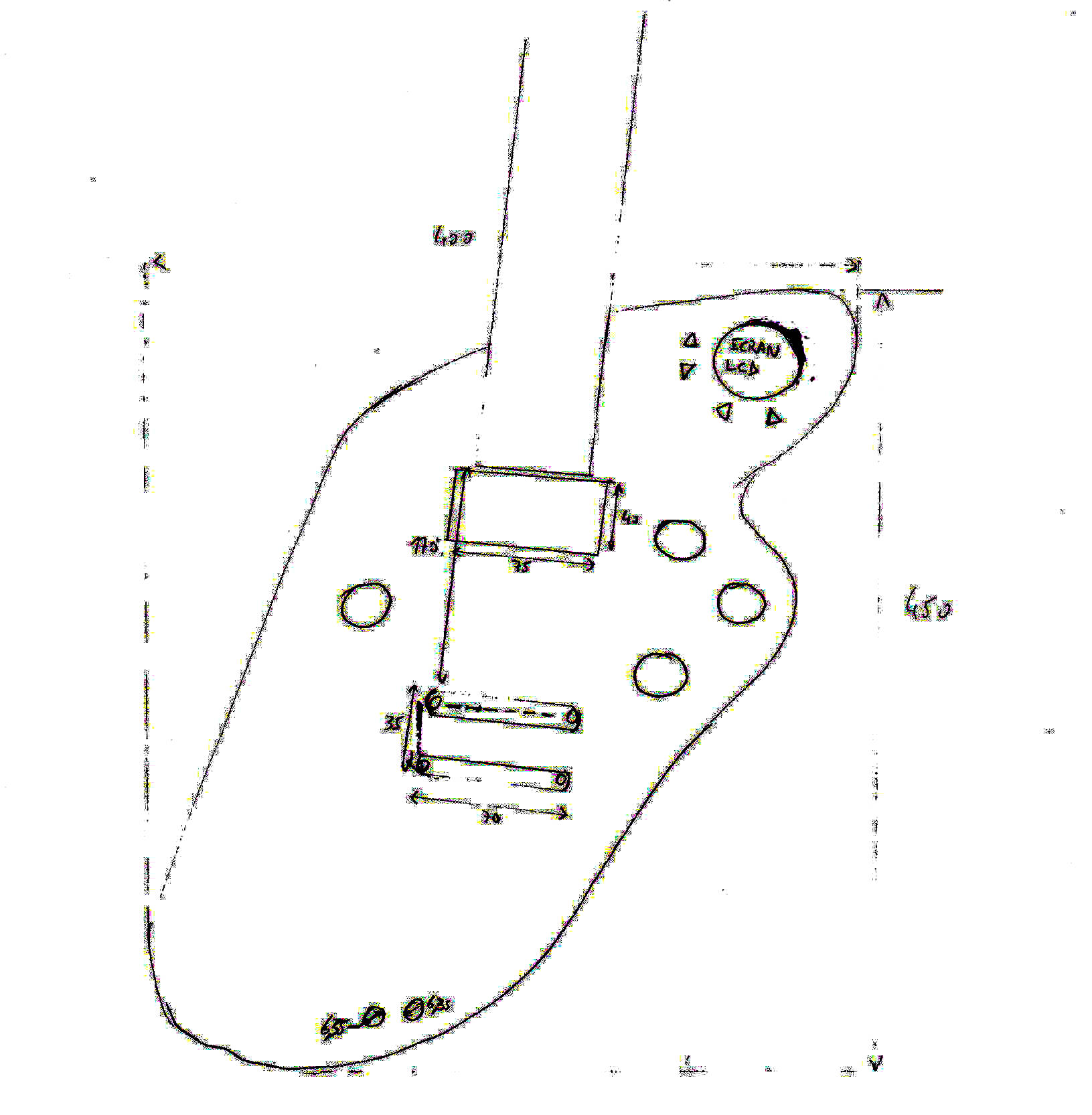3. Computer Aided design¶
Assignment
model (raster, vector, 2D, 3D, render, animate, simulate, …) a possible final project, compress your images and videos, and post a description with your design files on your class page
3D file :
Tutorial on how to use fusion 360 :
Gantt plan of the week¶

Compressing files¶
Videos¶
I’m planning to compress videos with ffmpeg tools :
I started with this tutorial.

As a novice programmer, I would recommend to install from gyan.dev to get an executable file and not a source code.
In advanced system parameters, do the following :
| Go to environment variables | Add ffmpeg to the path |
|---|---|
 |
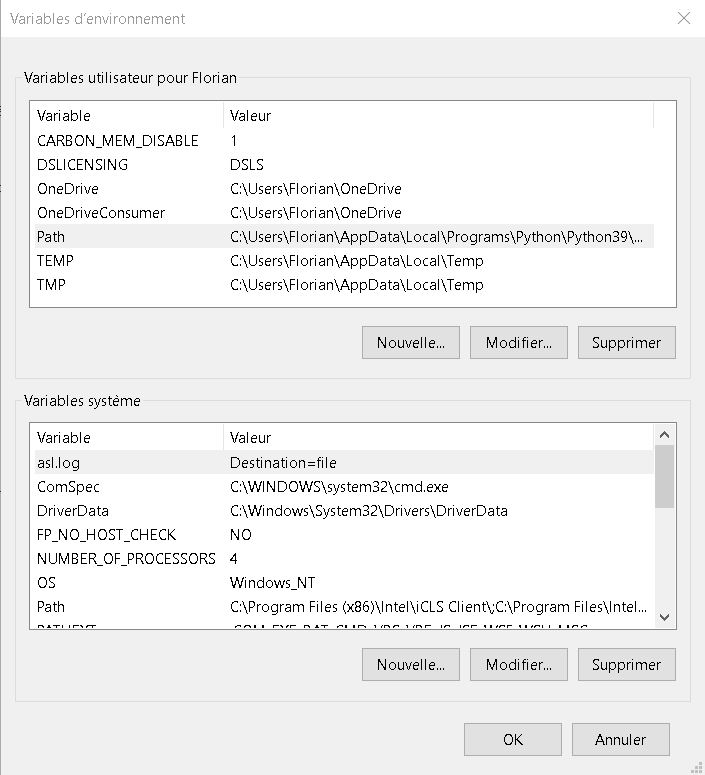 |
Then, I enter the code line from this page
First, we need to verify if ffmpeg is well installed :
ffmpeg version
You should see this :

Then, I tested the following code lines to compress videos :
ffmpeg -i input_video -vcodec libx264 -crf 25 -preset medium -vf scale=-2:1080 -acodec libmp3lame -q:a 4 -ar 48000 -ac 2 output_video.mp4
ffmpeg -i input_video -vcodec libx264 -b:v 1000k -vf scale=-2:1080 -acodec mp2 -b:a 256k -ar 48000 -ac 2 output_video.mp4
For a file of 14.7 Mo, I had the following results :
| variable bit rate 1080p MP3 | fixed bit rate 1080p MP2 |
|---|---|
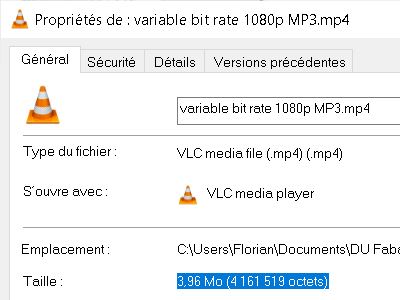 |
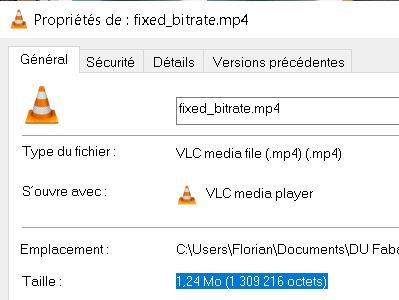 |
So the fixed bit rate 1080p MP2 has a better compression rate.
Pictures¶
For screenshots, I’ll save in jpg instead of png to save space.
I’m compressing pictures with GIMP. The function to export under allows to change the quality of image :
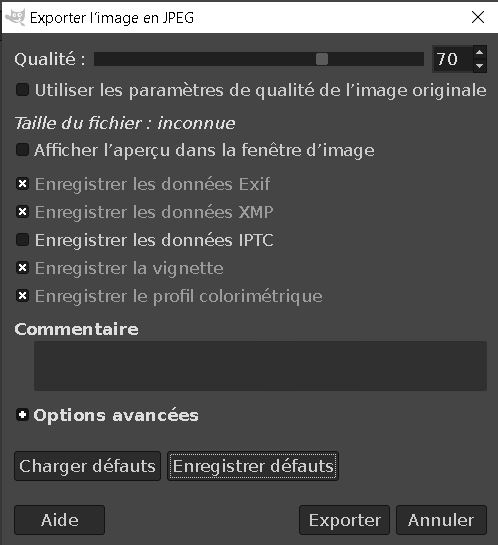
To make gifs I use this site. It allows to optimize gifs in order to reduce its size :
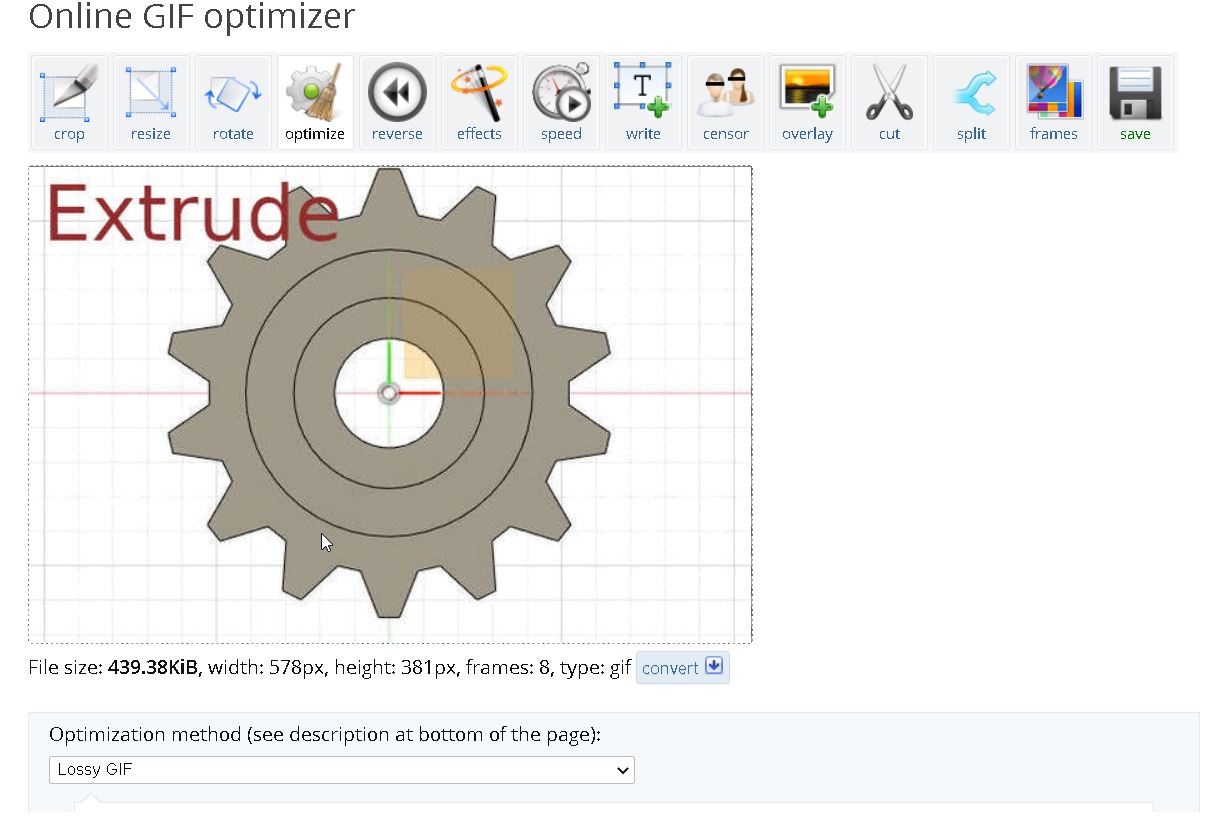
Size of the folder of this week :

Model of the final project¶
Here is my to do list for this week assignment :
-
Create a body for the guitar with xDesign
-
Insert emplacement for the neck of the guitar
-
Insert cuts for the bridge
-
Insert cuts for the pads + LCD screen + switches
-
cuts for the jack wire
-
3D models of pads and LCD screen
-
3D model of the bridge
-
Optional: 3D model of the neck
First I made a sketch for basic dimensions :
I plan to do the 3D model on xDesign to see the functionality of this software. First I made a basic angular shape, fillet to round the angles and all the cutting dimensions :
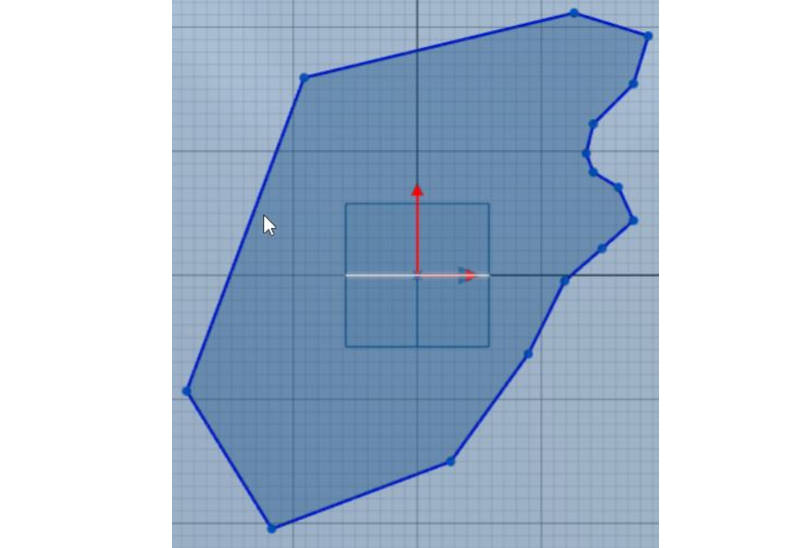
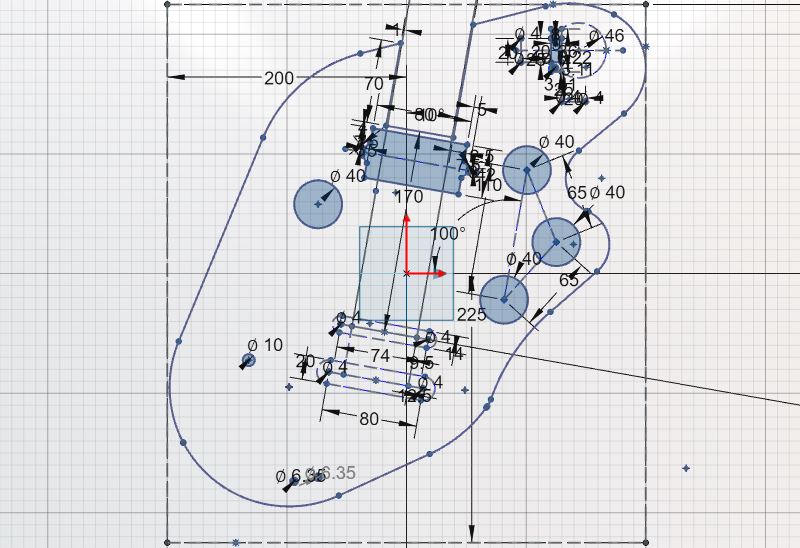
Then extrusion for the top surface and body :
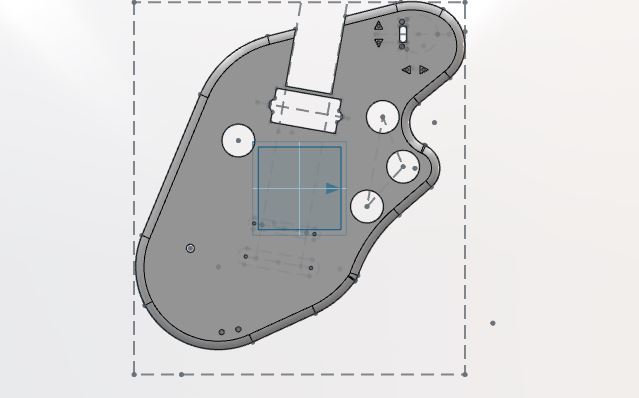

Here is the 3D model :
For the rendering, it seems that xDesign doesn’t have any option for it. So I exported the shape in .igs in Fusion 360.
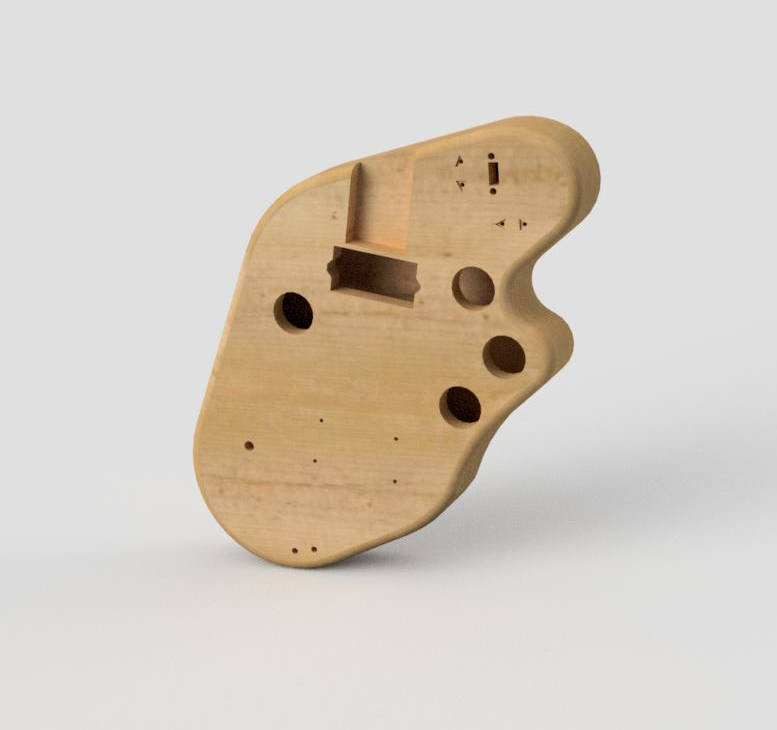
You can check this page to get the basics of fusion 360 manipulations.
Model of pads, screen and neck¶
to do…
Comparison between CAD softwares¶
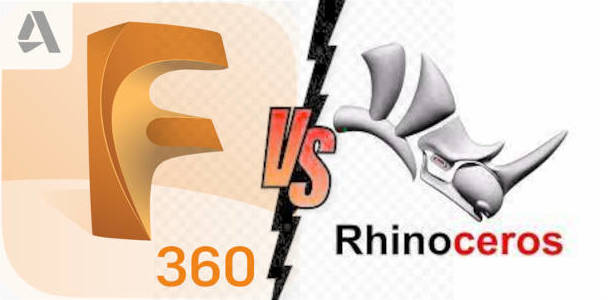
For this week’s assignment, under the guidance of my instructor, I want to do a brief comparison between softwares to do a gear shape and make my mind about which one is best for this.
Modelisation¶
| Fusion 360 | Rhino |
|---|---|
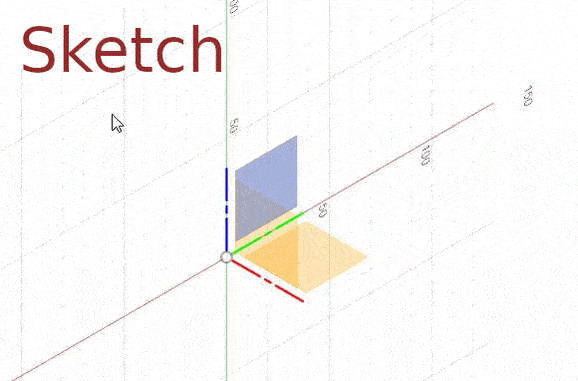 What does best Fusion ? Fusion proposes a historic of conception which allows to change operations made in the past  There is also the possibility to design parametrically in an easy way |
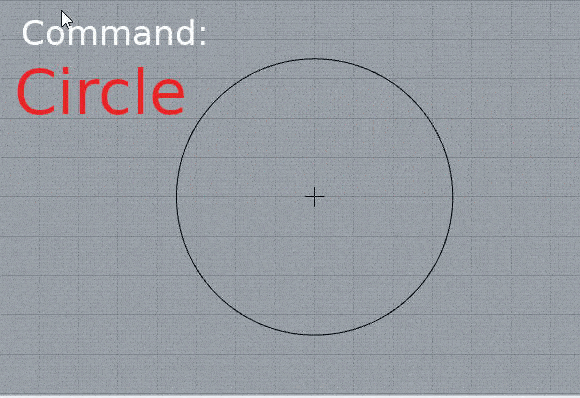 What does best Rhino ? There is a command line which can make any operation fast.  There is also an option to work with layers There is also an option to work with layers 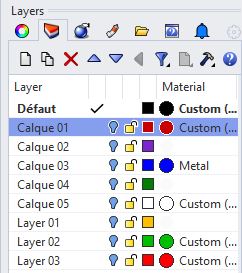 |
Rendering¶
| Fusion 360 | Rhino |
|---|---|
Fusion offers different parameters to render something : Possibility to edit the background environment :  I choose here to edit the material : I choose here to edit the material : 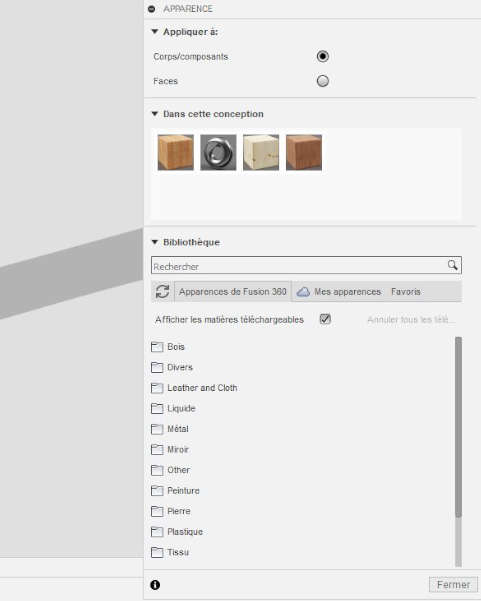 You can also edit the luminosity, colour… : You can also edit the luminosity, colour… : 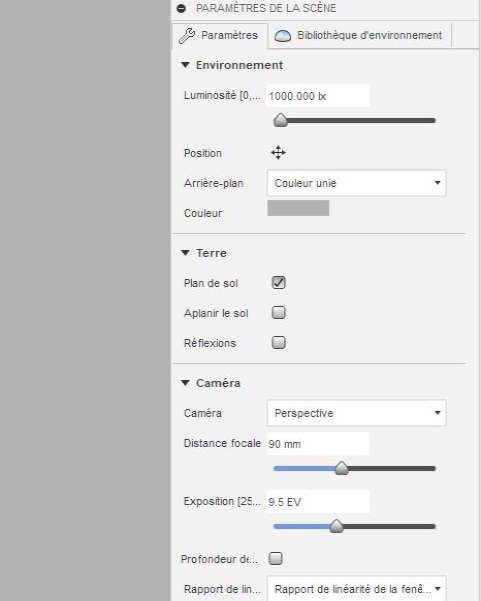  |
Rhino offers different parameters to render something : Possibility to edit the lighting : 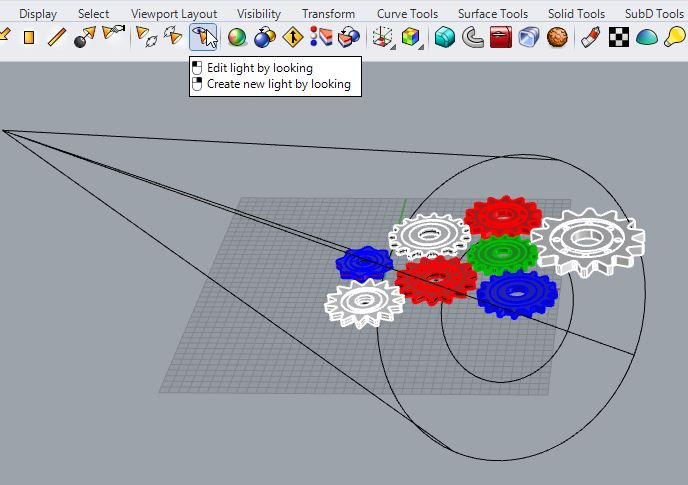 I choose here to edit the colours according to the layers : I choose here to edit the colours according to the layers : 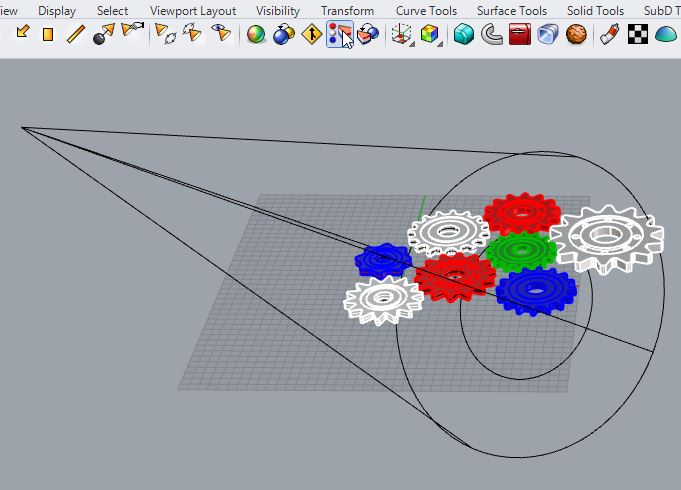 You can also edit the colour, background… : You can also edit the colour, background… :  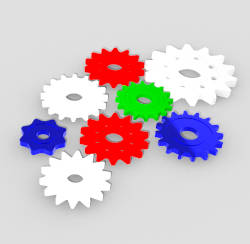 |
Thoughts on xDesign vs Fusion 360 vs Rhino
xDesign has limited options compared to what I could do with CATIA and even compared to fusion 360. And the fact that we are using it from the web make it really slow to work with.
Fusion has a good simple interface and the historic aspect is great. Fusion is more straight forward regarding rendering.
Rhino is powerful to make fast design and has good surface tools. It is less good for setting and changing dimensions easily. Rhino seems to offer more possibility to customize the rendering.
2D Vectors Programs¶
I also did a brief overview of Inkscape. I started by looking to tutorials to see the possibility offered by the software.
I want to draw the image on the frets of the neck of the guitar.
First I had to check the mathematical relation for the spacing between each fret. This formula is directly related to the wavelengths and the frequency of notes. I used an excel (open office calc) document to calculate it for the 21 frets.
Here you can see how I drew them on Inkscape using the Y position of each fret :
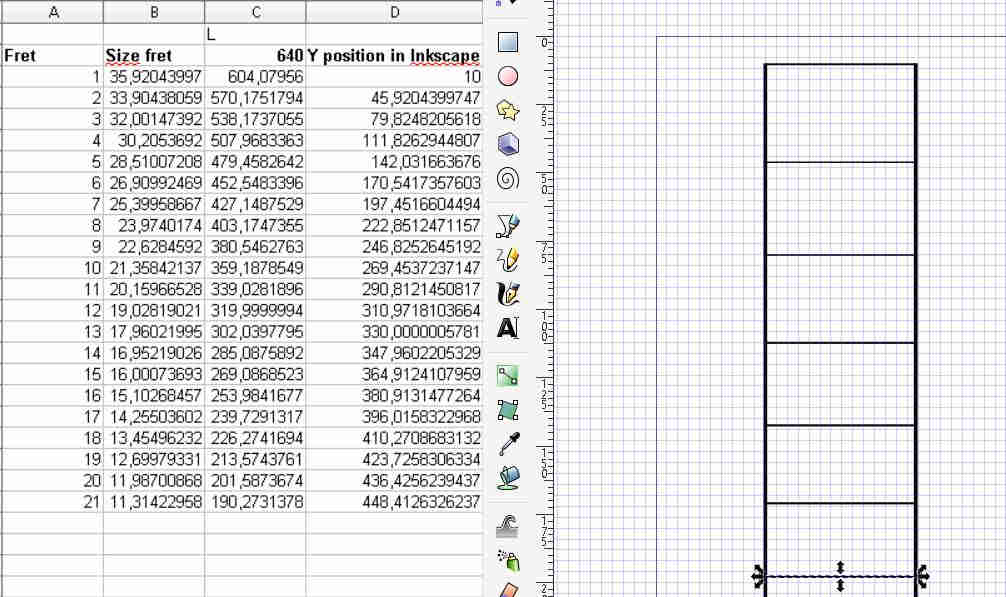
Then I made a few drawing :



And here, you can see the images on the fret board :

Cutting a segment in Inkscape
- Select the nod edit tools

- Use CTRL + alt to place a nod on each extremity of the segment you want to cut
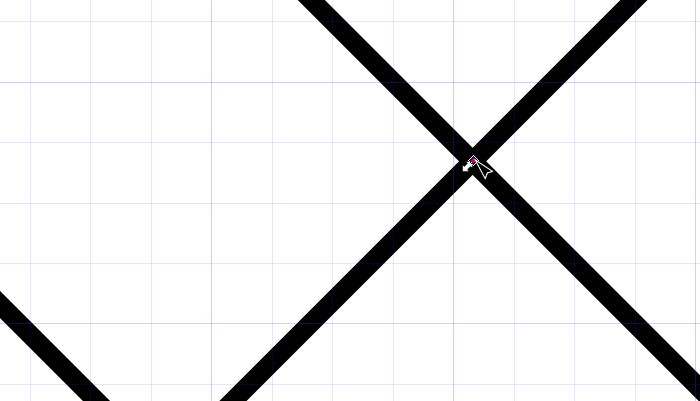
- Then click on the following icon to break the path between nods
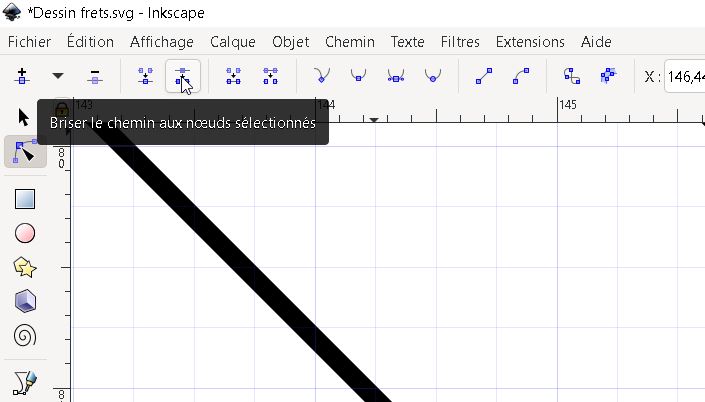
- Then suppress the segment

